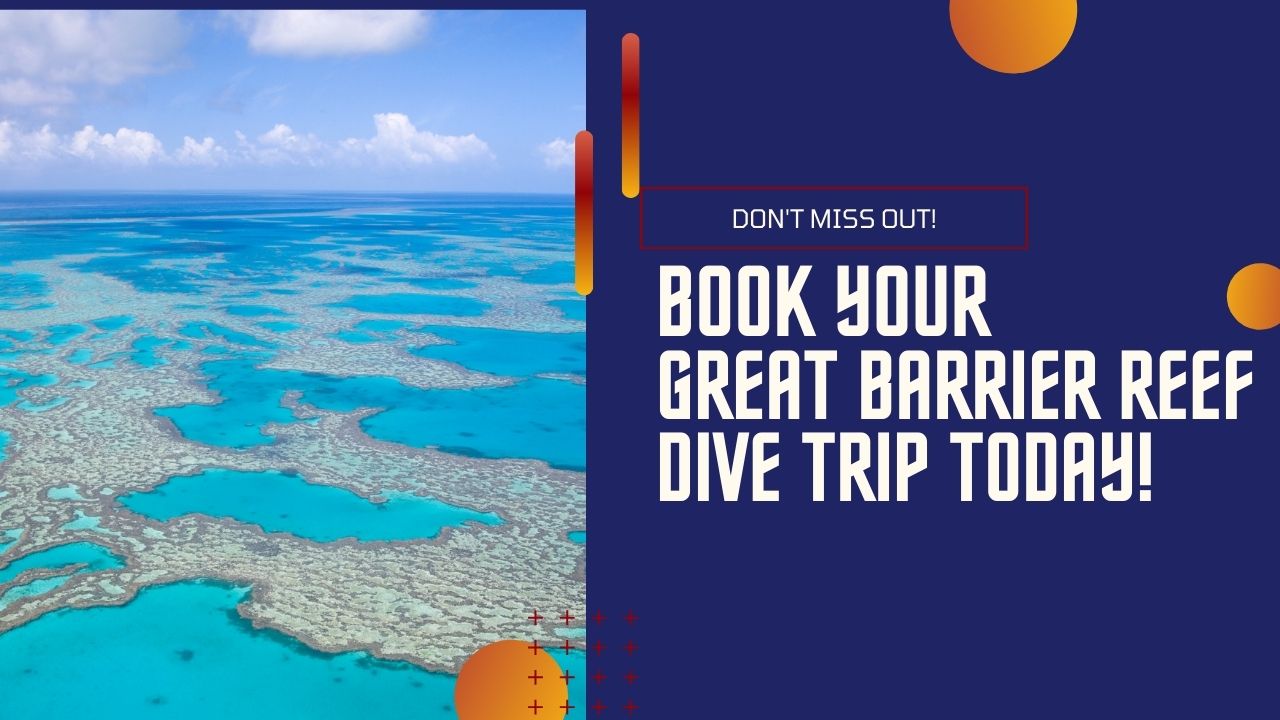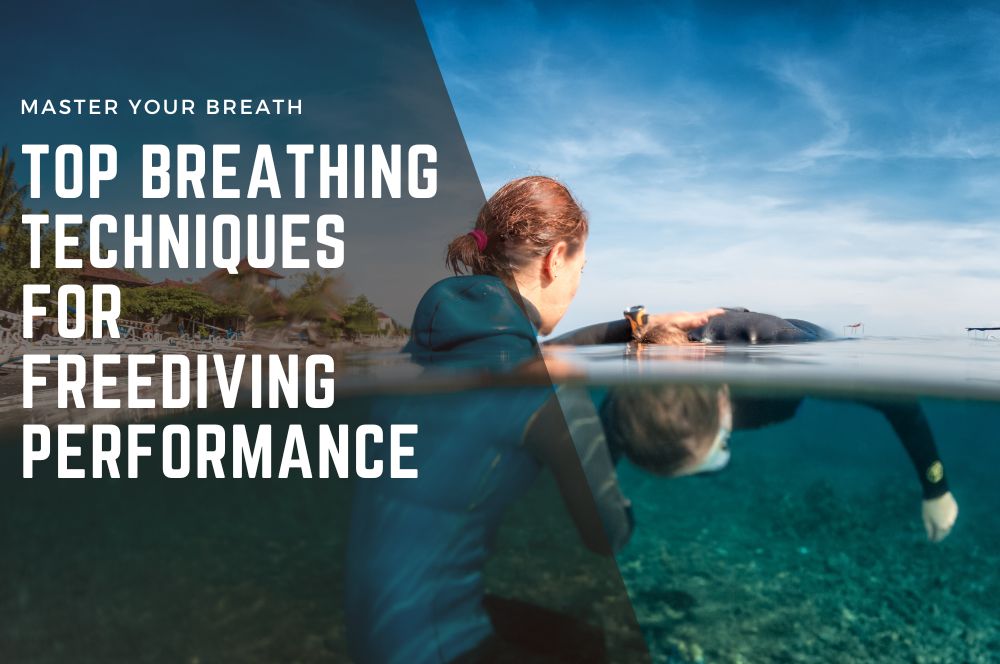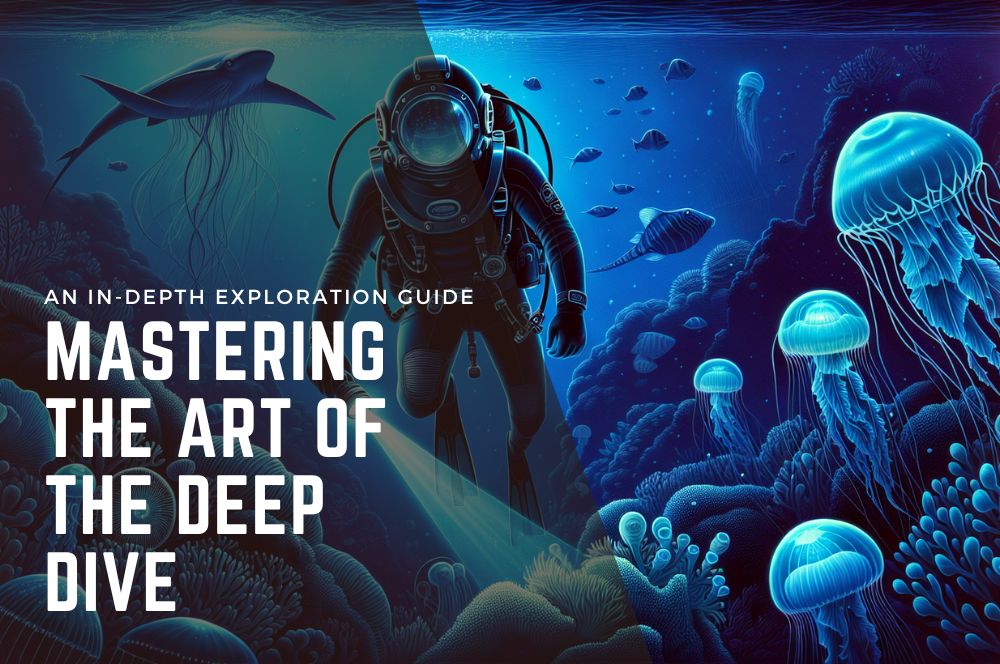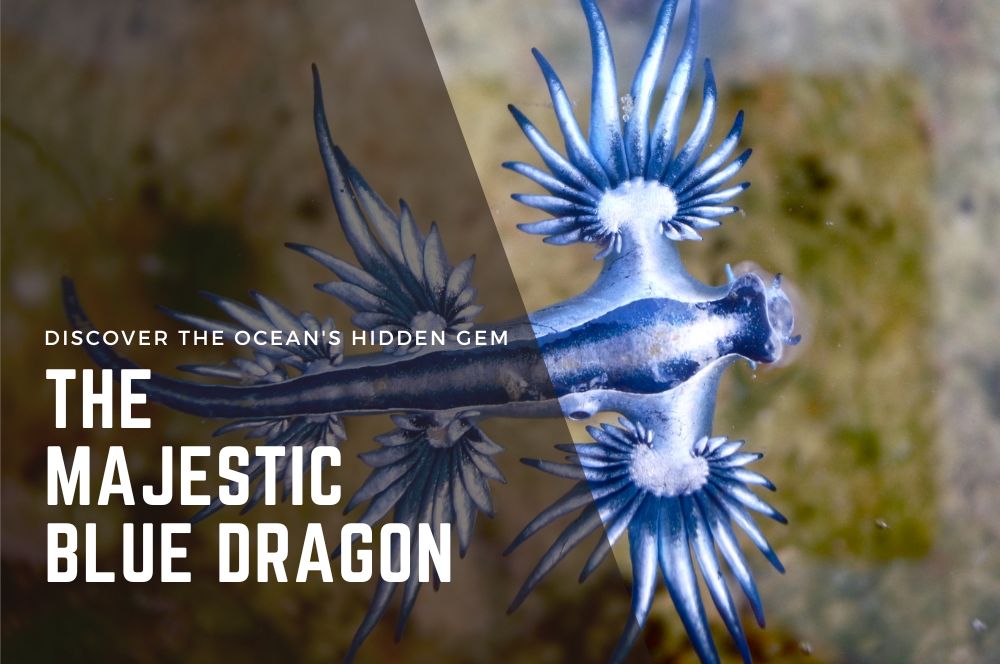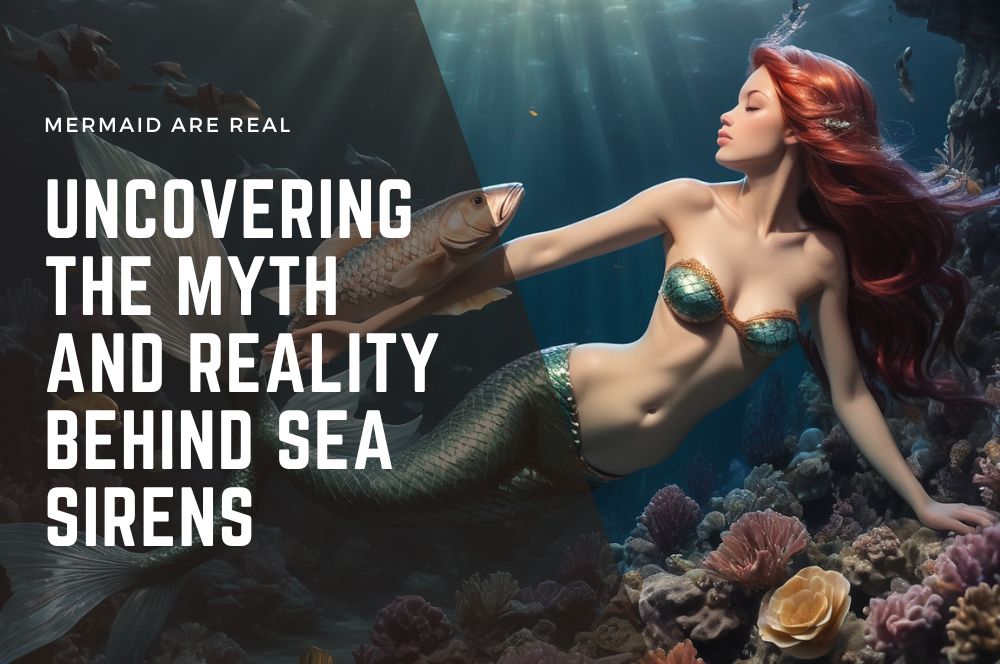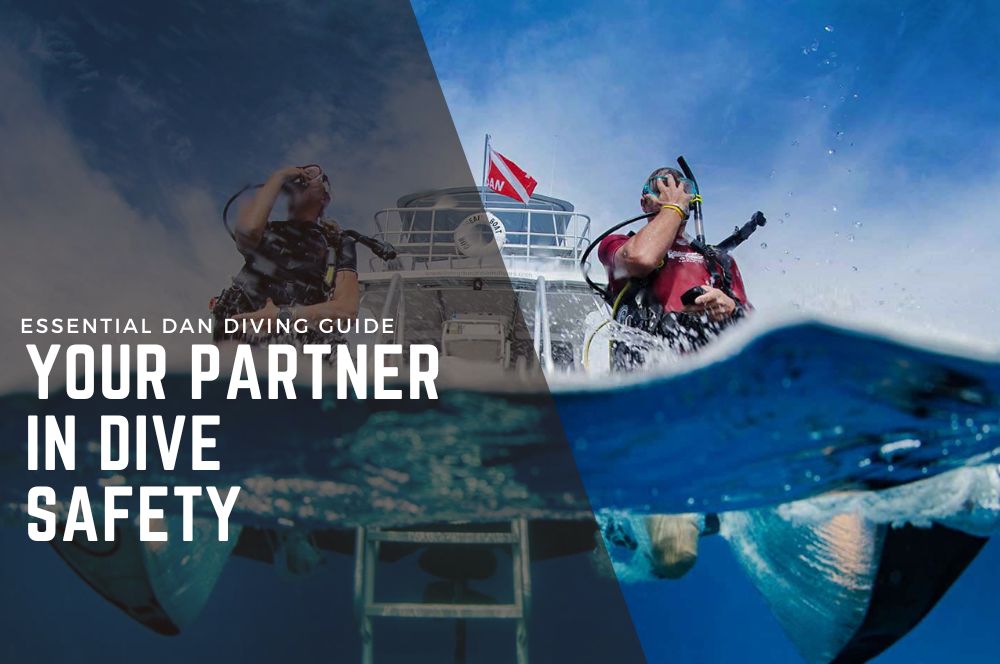You have 0 product(s) in your cart.
Abyss Scuba Diving
Great Barrier Reef - 7 Natural Wonders Of The World
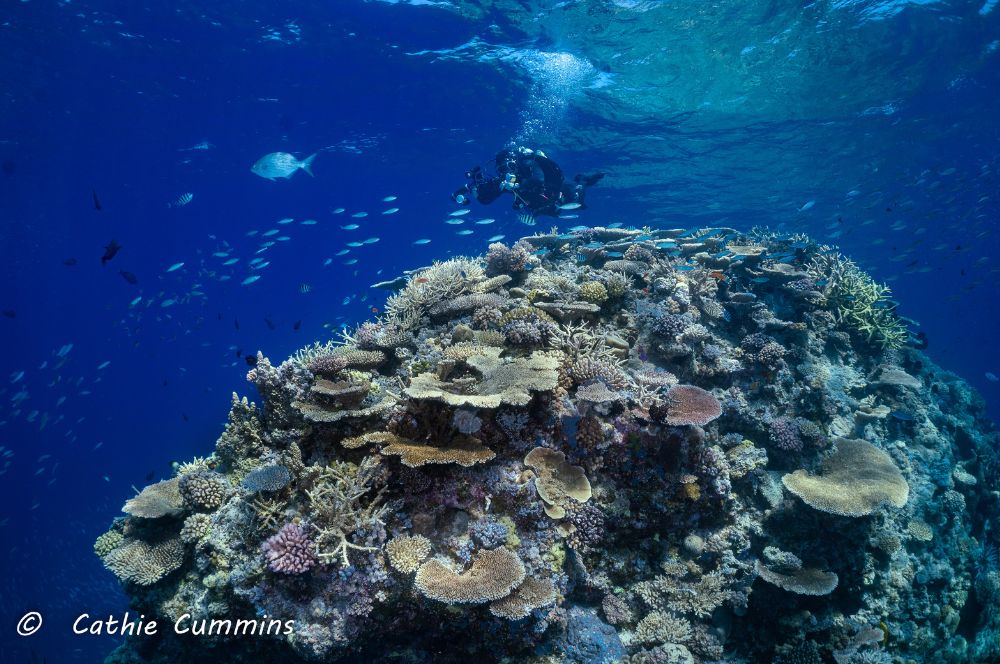
The Great Barrier Reef is still one of the Seven Natural Wonders of the World.
Dr Terry Cummins. OAM, PhD
The GBR was World Heritage-listed in 1981 and is considered one of the Seven Natural Wonders of the World. It covers 344,400 square kms, is 2,300 km long or approximately half the length of the Australian Eastern coastline. It is composed of 3,000 individual reefs, 300 coral cays, 600 continental islands and 150 inshore mangrove islands, which makes it the largest barrier reef in the world. Apart from its size, the GBR has high levels of biodiversity and is considered one of the most complex natural systems on earth. With around 600 types of soft and hard corals, more than 100 species of jellyfish, 3,000 varieties of molluscs, 500 species of worms, 1,625 types of fish, 133 different species of sharks and rays, six out of the seven sea turtles found in the world and more than 30 species of marine mammals, it is an enormous ecosystem.
Currently the world press and some institutions would like you to think the GBR is dying or already dead. Although we all have very serious concerns for the future of the world’s reefs due to the combined impacts from the planets over population (e.g. coastal development, agricultural run-off, climate change, etc), the reef is very much alive. Unfortunately, ‘the reef is dead’ headline suits some but is an over exaggeration of the facts. Recently, marine physicist Peter Ridd implied that these headlines are ruining the reputation of its “premier tourist attraction” - the GBR. In fact, the latest data from the Australian Institute of Marine Science (AIMS) 2021 / 22 Long-Term Monitoring Program Report states that the GBR has recorded the highest level of coral cover in 36 years. Ridd states: “You just got to wonder how bad some of these institutions have been in terms of exaggerating the loss of corals in these events” and “it proves without a shadow of a doubt that many of them are completely untrustworthy.”
I agree with Ridd that the “mass bleaching events” described by the press and some institutions are completely misleading. Yes, there have been four bleaching events in pockets along the GBR’s 2,300 kms length. One of these was in the 1990s and the other three in 2016, 2017 and 2020. There has been very little bleaching along the entire length of the GBR in 2021 and 2022. Coral bleaching is not coral death and impacted corals can and many do recover.
There are other instances of misinformation about diving the Reef. Here is the results from my PhD thesis where I surveyed over 530 divers returning from a trip to the reefs off Cairns that you may find interesting. I asked whether they had dived on coral reefs before visiting the Cairns section of the GBRMP, 75% of the DTs indicated they had. Further analysis revealed that collectively the divers had collectively dived on coral reefs at 841 locations across 16 countries/regions, so they were in a good position to compare their dive with other dives they had done elsewhere.
The analysis revealed 72% of the divers were satisfied or extremely satisfied with the quality and abundance of coral, 76% were satisfied or extremely satisfied with the quality and abundance of marine life, 79% were satisfied or extremely satisfied with the underwater visibility and 85% were satisfied or extremely satisfied with the general diving quality.
Apart from the condition of the Reef another rumour that my research dispelled was the impact of the QLD dive regulations. Rumours are that Code limits diving to 20 m and dives of 45 minutes. 85% of the divers I surveyed expressed they were either satisfied or extremely satisfied with the quality of the dive briefings and more importantly and 88% agreed or strongly agreed Cairns is a safe place to dive because of the dive regulations. Without boring you with the massive amount of data I collected, service levels, the quality of crew and standard of the dive vessels (day and live aboard) scored very high levels of satisfaction.
Finally, the divers were asked to compare to their diving experiences on the Reef to other places they had dived which included comparisons to 934 coral and non-coral dive destinations used by the survey respondents. 83% said they would return to dive Cairns and 88% indicated they would recommend Cairns to others.
These rumours of depth and time restrictions in QLD are exactly that – a rumour. They may be generated from the operational character of some dive operators where they offer three 45 minutes dives on a day trip at different locations. Of course the live aboards offer up to five dives per day. On a personal note I have spent all my adult life in the dive and dive tourism industry sectors and have been diving the GBR since the early 70s. My wife and I dive the Cairns section of the GBR weekly with various operators. Our dive profiles regularly involve 60 minute plus bottom times, and we reach depths of over 20 m.
We are not sure where the rumour that “you can’t dive below 40 m” comes from since the QLD Government, in consultation with the dive industry, was the first to introduce a technical diving Code of Practice. So yes, you can participate in technical diving in QLD, both training and extended range diving. For example, Cairns has one operator who specialises in Tec and there are others throughout the State.
Having dived in over 16 different countries and logged over 7,200 dives, I can honestly say the diving QLD has to offer is exceptional and you will not have ticked all the boxes until you visit the GBR.
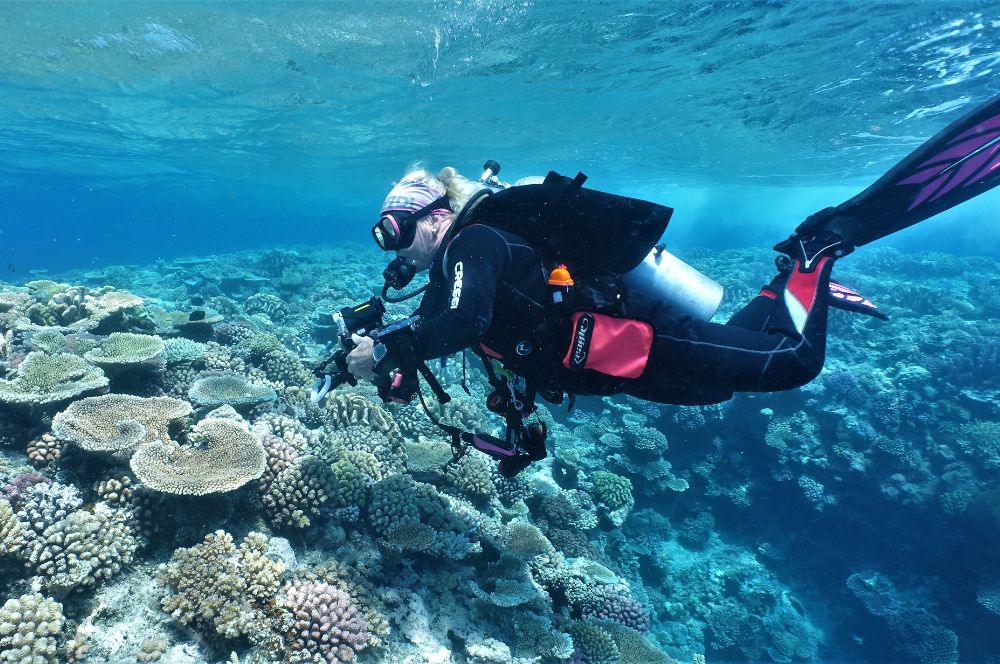
Authors profile:
Terrence (Terry) Cummins is currently the President of Dive Queensland and a prominent figure in the global dive community. He is known as a diver, photographer, writer, and educator, and has been a senior executive of diver training agencies. He sits on several government, NGO and business advisory committees relating to diving, tourism and business sustainability. Terry has a long list of prestigious awards and accomplishments, including appointment as a Fellow of the Explorers Club of New York and an ‘Order of Australia Medal’ for his contribution to scuba diving.
RELATED POSTS
-
Peter's Top 3 Favorite Dive Sites on…
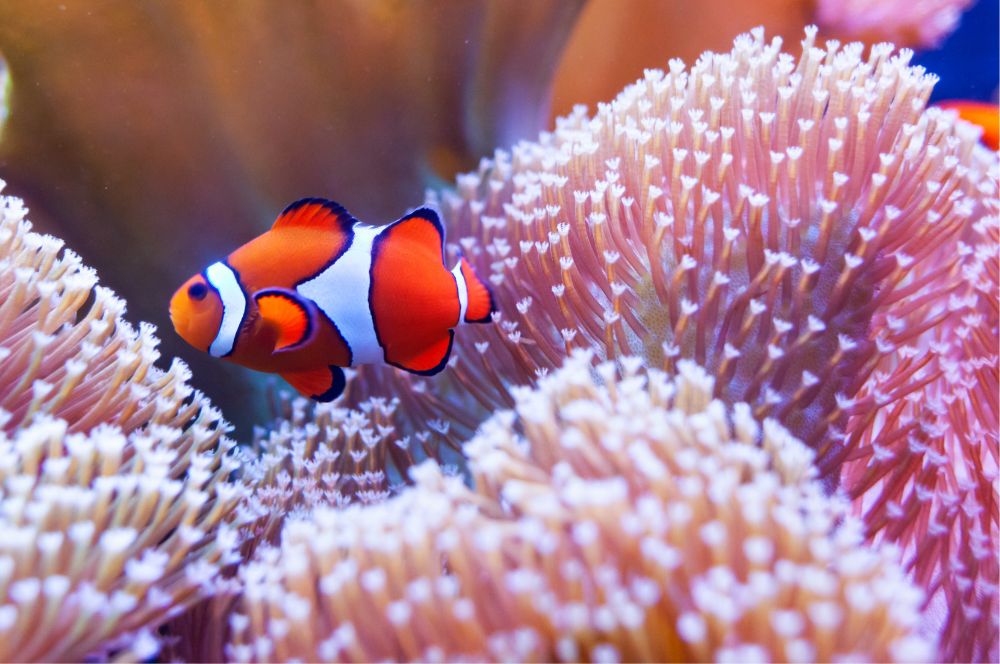
Peter's Top 3 Favorite…
Peter's Favorite Dive Sites on the Great Barrier Reef. The Great Barrier Reef is one of the most amazing […] -
Scuba Dive Cairns - The Ultimate Great…
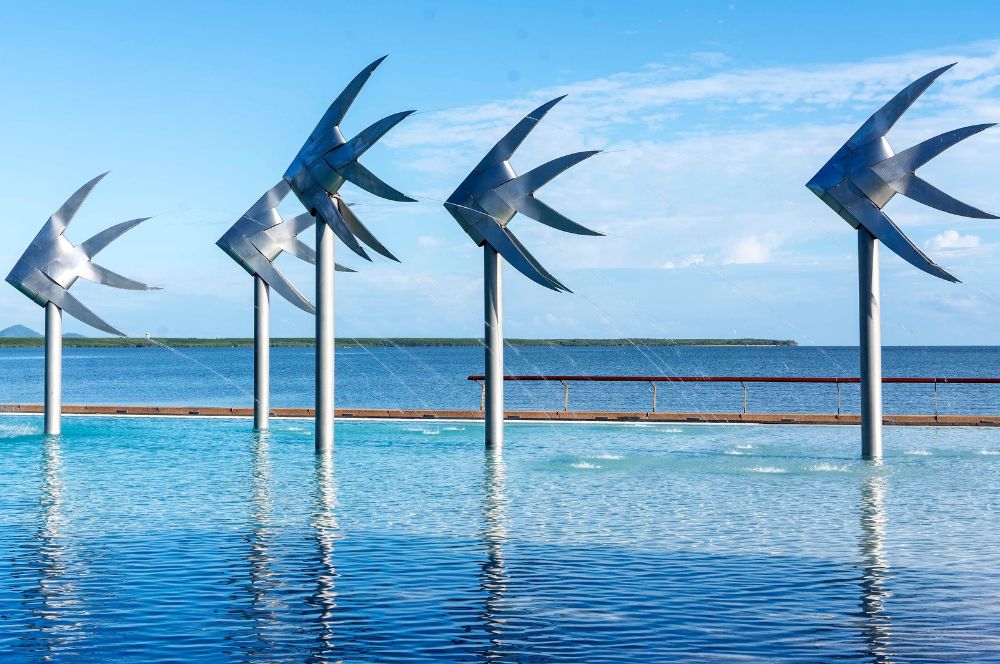
Scuba Dive Cairns -…
Scuba Dive Cairns The Ultimate Reef Experience Looking for an exciting scuba diving or snorkelling adventure? […] -
Scuba Diving in Australia
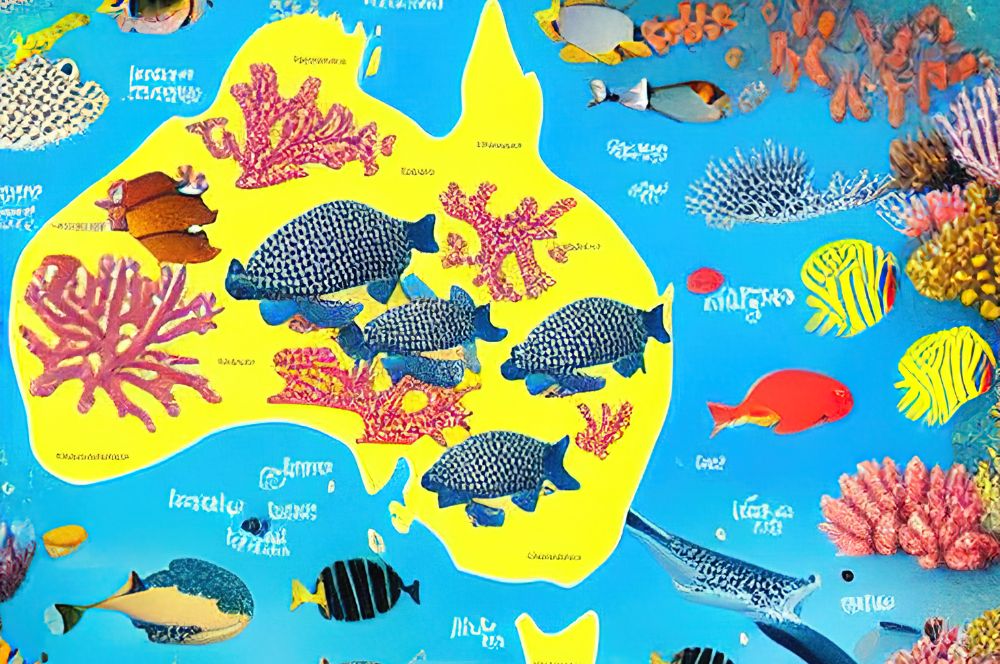
Scuba Diving in Australia
Scuba Diving in Australia Divers in Australia are spoilt for choice when it comes to world-class dive sites. […] -
Should I Get Certified to Dive Before…

Should I Get Certified…
Should I Get Certified to Dive Before Going to The Great Barrier Reef? As the world’s largest coral […]
Recent Posts
